Barbara Webb
AntGrip -- Boosting Parallel Plate Gripper Performance Inspired by the Internal Hairs of Ant Mandibles
Dec 08, 2023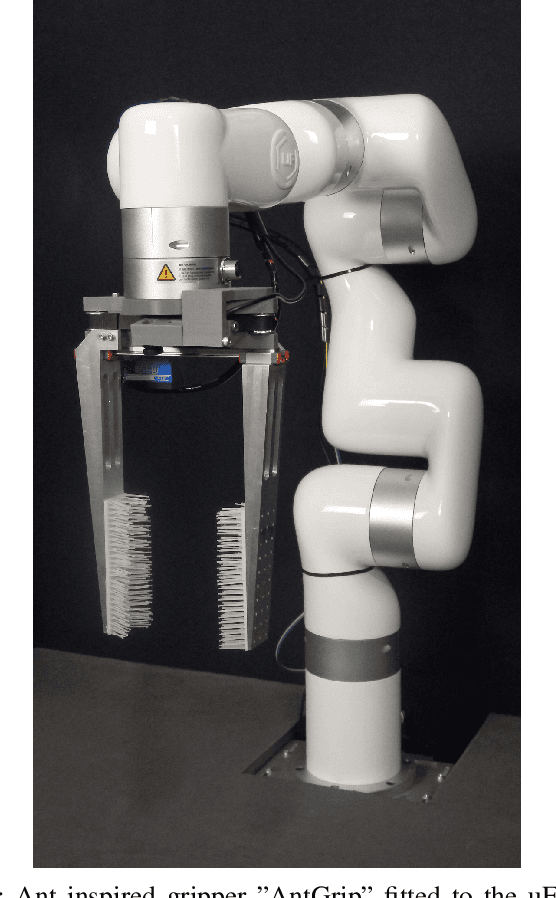
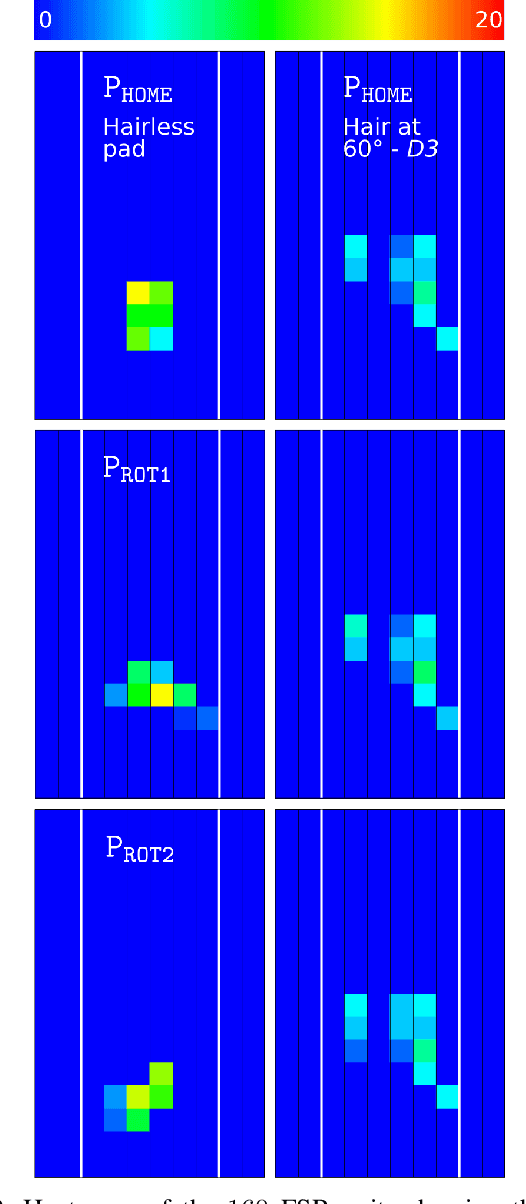

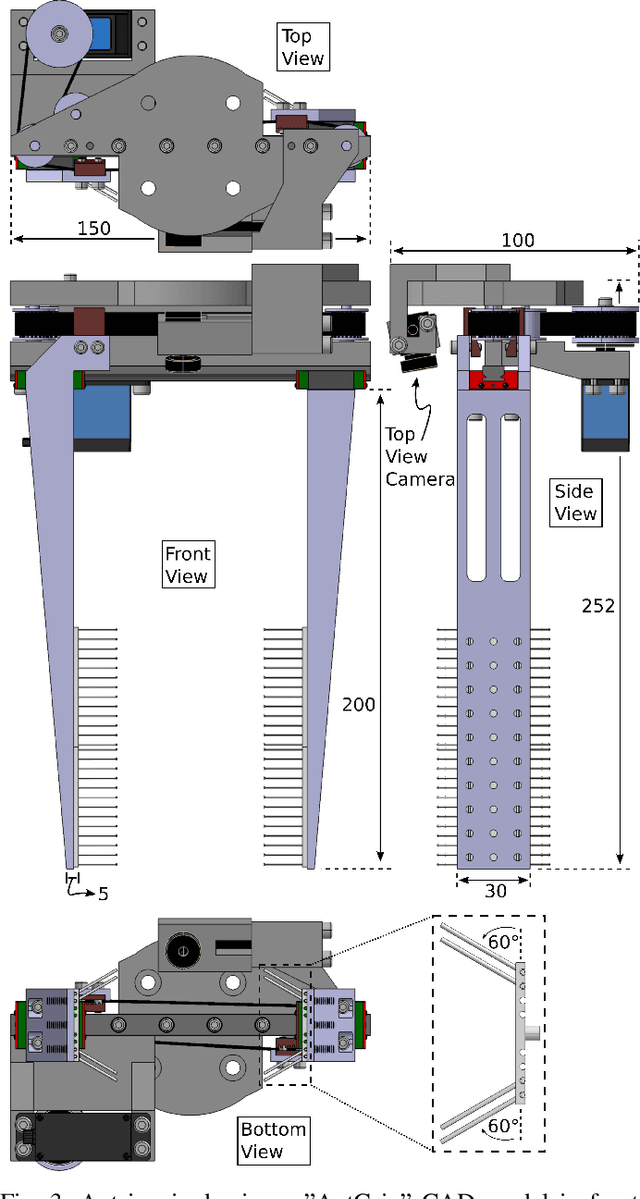
Abstract:Ants use their mandibles - effectively a two-finger gripper - for a wide range of grasping activities. Here we investigate whether mimicking the internal hairs found on ant mandibles can improve performance of a two-finger parallel plate robot gripper. With bin picking applications in mind, the gripper fingers are long and slim, with interchangeable soft gripping pads that can be hairy or hairless. A total of 2400 video-documented experiments have been conducted, comparing hairless to hairy pads with different hair patterns. Simply by adding hairs, the grasp success rate was increased by at least 29%, and the number of objects that remain securely gripped during manipulation more than doubled. This result not only advances the state of the art in grasping technology, but also provides novel insight into the mechanical role of mandible hairs in ant biology.
Vision-based route following by an embodied insect-inspired sparse neural network
Mar 31, 2023Abstract:We compared the efficiency of the FlyHash model, an insect-inspired sparse neural network (Dasgupta et al., 2017), to similar but non-sparse models in an embodied navigation task. This requires a model to control steering by comparing current visual inputs to memories stored along a training route. We concluded the FlyHash model is more efficient than others, especially in terms of data encoding.
Visual Appearance Analysis of Forest Scenes for Monocular SLAM
Jul 05, 2019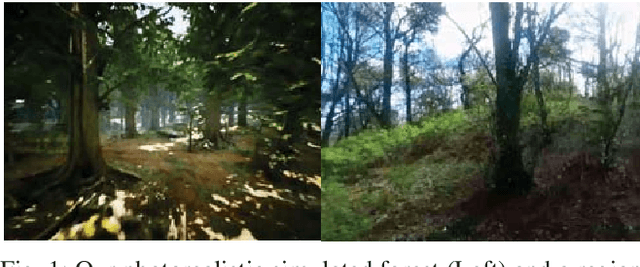
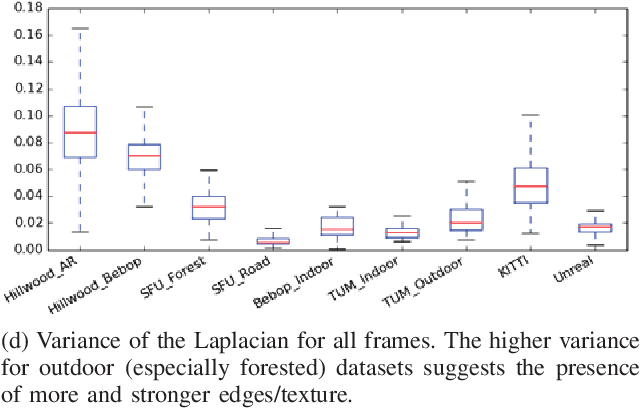
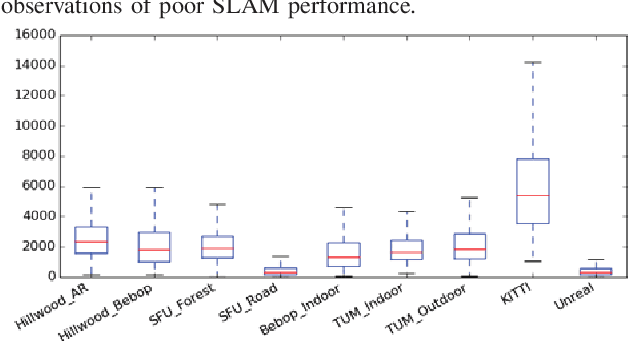

Abstract:Monocular simultaneous localisation and mapping (SLAM) is a cheap and energy efficient way to enable Unmanned Aerial Vehicles (UAVs) to safely navigate managed forests and gather data crucial for monitoring tree health. SLAM research, however, has mostly been conducted in structured human environments, and as such is poorly adapted to unstructured forests. In this paper, we compare the performance of state of the art monocular SLAM systems on forest data and use visual appearance statistics to characterise the differences between forests and other environments, including a photorealistic simulated forest. We find that SLAM systems struggle with all but the most straightforward forest terrain and identify key attributes (lighting changes and in-scene motion) which distinguish forest scenes from "classic" urban datasets. These differences offer an insight into what makes forests harder to map and open the way for targeted improvements. We also demonstrate that even simulations that look impressive to the human eye can fail to properly reflect the difficult attributes of the environment they simulate, and provide suggestions for more closely mimicking natural scenes.
Place Recognition with Event-based Cameras and a Neural Implementation of SeqSLAM
May 18, 2015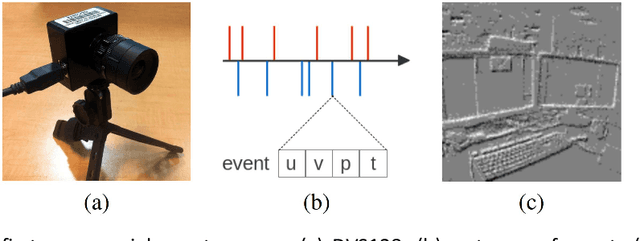

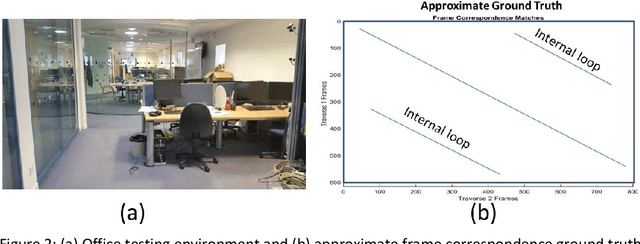
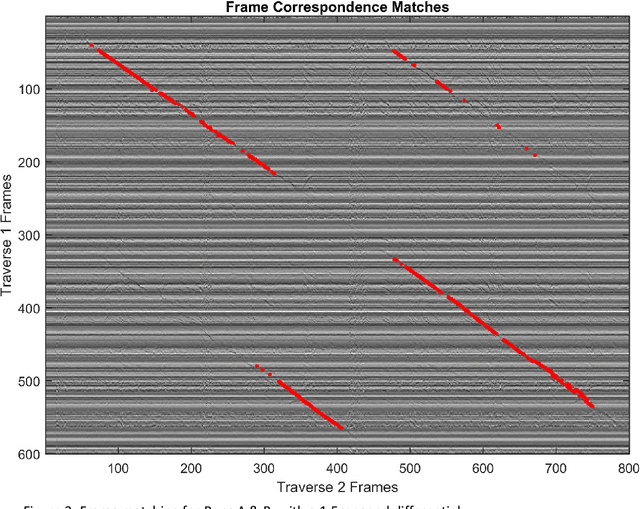
Abstract:Event-based cameras offer much potential to the fields of robotics and computer vision, in part due to their large dynamic range and extremely high "frame rates". These attributes make them, at least in theory, particularly suitable for enabling tasks like navigation and mapping on high speed robotic platforms under challenging lighting conditions, a task which has been particularly challenging for traditional algorithms and camera sensors. Before these tasks become feasible however, progress must be made towards adapting and innovating current RGB-camera-based algorithms to work with event-based cameras. In this paper we present ongoing research investigating two distinct approaches to incorporating event-based cameras for robotic navigation: the investigation of suitable place recognition / loop closure techniques, and the development of efficient neural implementations of place recognition techniques that enable the possibility of place recognition using event-based cameras at very high frame rates using neuromorphic computing hardware.
 Add to Chrome
Add to Chrome Add to Firefox
Add to Firefox Add to Edge
Add to Edge